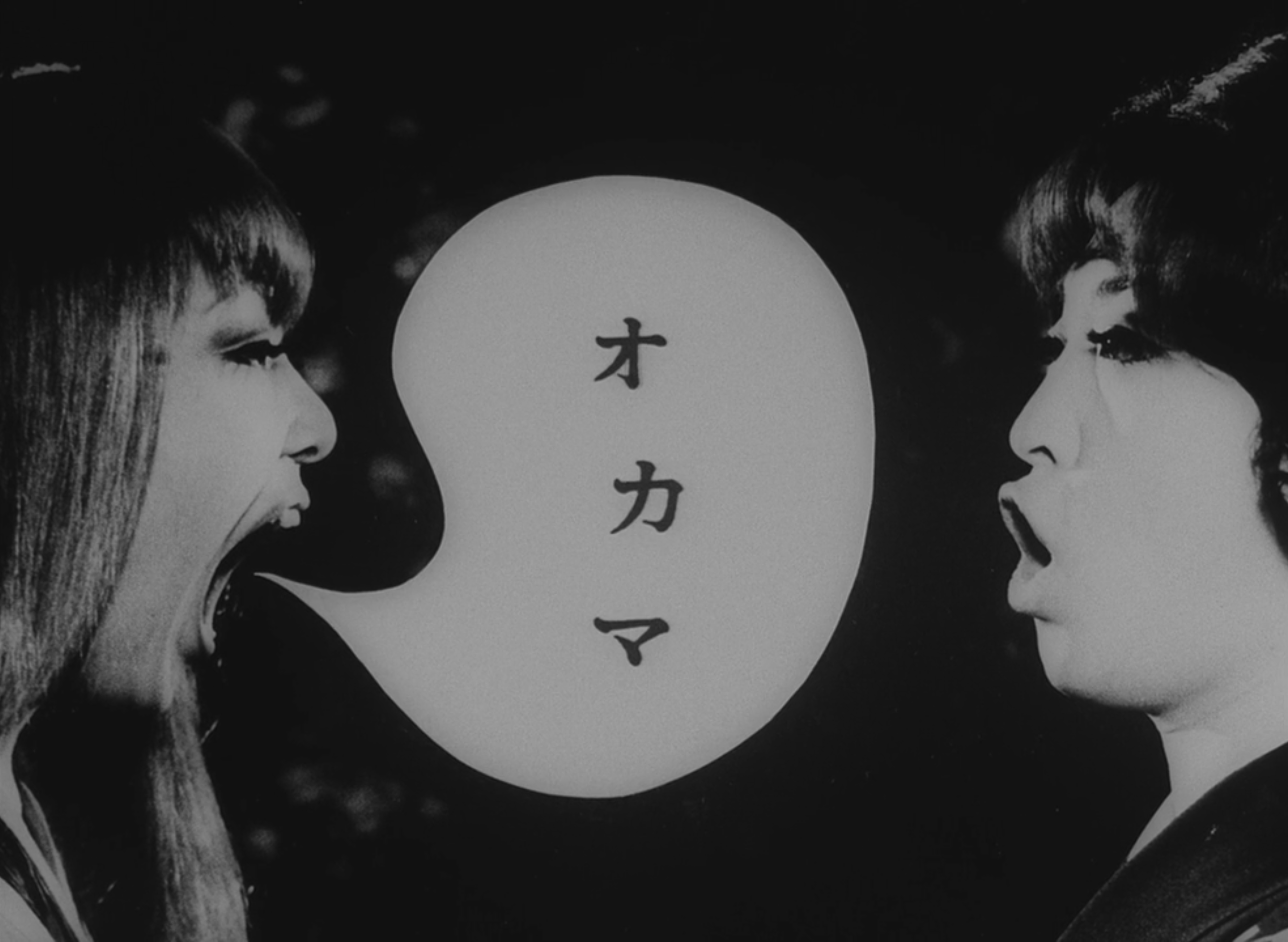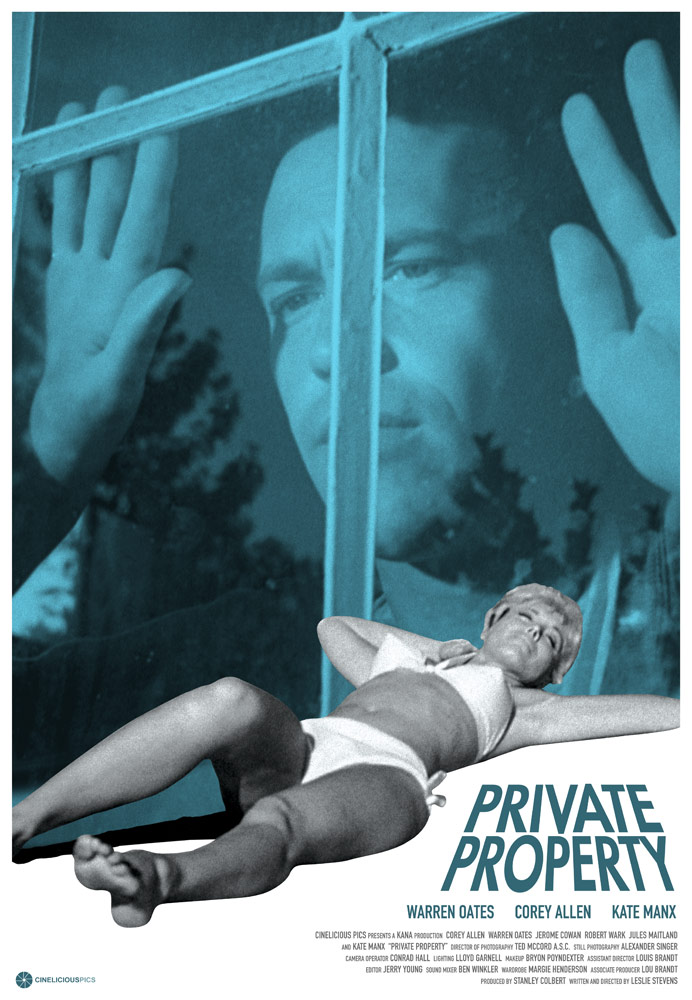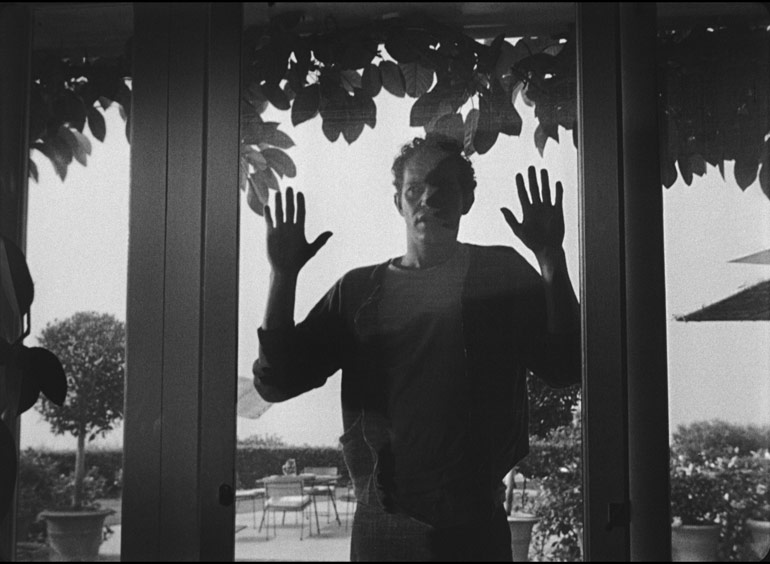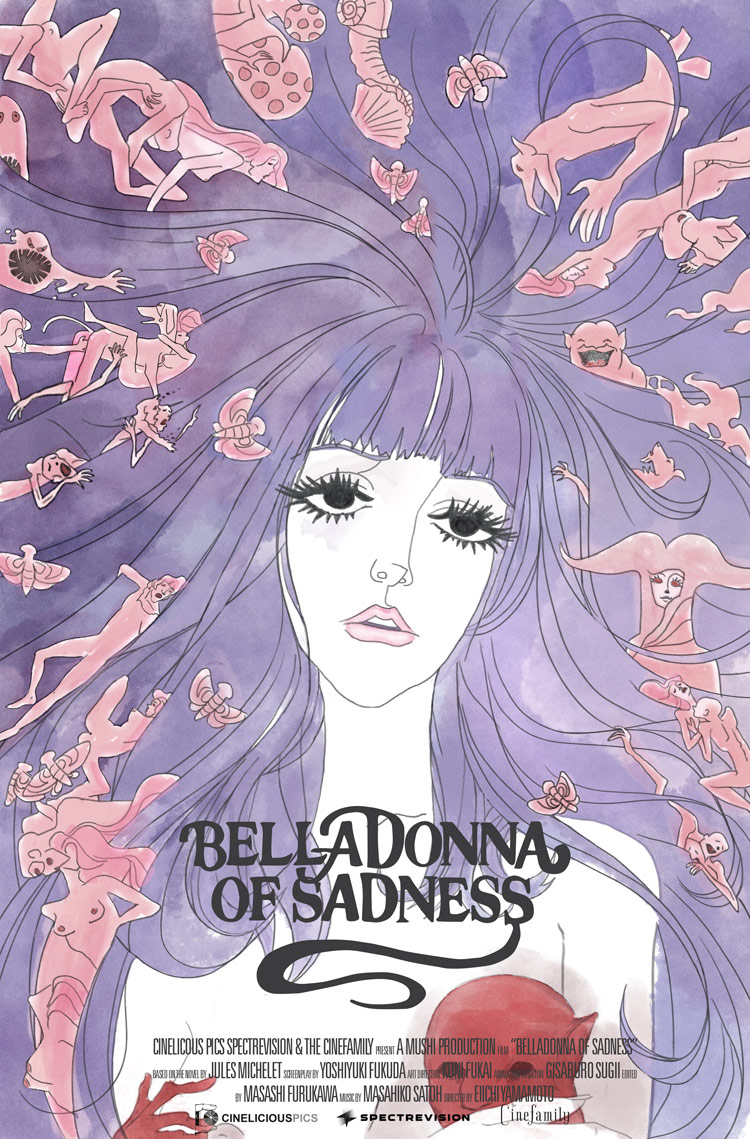

By Jason Newman
May 11, 2016
Long-lost 1973 erotic anime ‘Belladonna of Sadness’ gets the restoration treatment — and finally, the audience it deserves
At the 1973 Berlin Film Festival, overenthusiastic parents, eager to take their kids to a “family-friendly” animated film, crowded into a German theater for a recently released Japanese anime film with an unusual title: Belladonna of Sadness. They expected something that might distract their kids for 90 minutes, a sort of proto-My Neighbor Totoro; instead, they were treated to an opening scene that climaxes with a brutal prima nocta gang rape, a devil disguised as an impish phallus worming his way between the heroine’s legs and, in between surreal orgy scenes, a meditative reflection on war, class structure and feminism.
A lost masterpiece for more than 40 years, Eiichi Yamamoto’s singular, psychedelic film was largely neglected (or outright derided) upon its release, ruined the studio that produced it and, in subsequent years, became a discrete curio passed around in bootleg form among anime fanatics. Never before released in the United States, the film has been restored by Cinelicious Pics, ready to shock a new generation of cult movie fans and outré animation aficionados. (It opens in Los Angeles on May 13th, and will be available on iTunes starting July 12th.)
The plot, as such: When newlyweds Jeanne and Jean approach the lord of the manor for blessings on their marriage, the lord and his courtiers viciously assault the new bride. Broken by the experience, the young woman begins conversing with an impish demon, who first appears as a playful penis. After war breaks out and most of the men (including the region’s regent) leave for battle, Jeanne makes a pact with Satan for supernatural powers and becomes a prominent, feared figure in the village; the Joan of Arc-like avenging angel eventually leads a rebellion against the ruling class.
But any attempt to describe the boundary-pushing narrative pales in comparison to Belladonna’s form and imagery, as the film blends still pictures of watercolor paintings and illustrations with surreal, trippy visuals. (Think Chris Marker’s La Jetée meets Fantastic Planet — or Yellow Submarine meets your worst acid freakout.) In one series of scenes, a man’s penis turns into a horse, a giraffe grows out of another man’s genitals, rabbits escape someone’s rectum, two tortoises 69 each other and several fish wriggle from a woman’s vagina. Pixar this is not.
Musician and composer Masahiko Satoh’s esoteric score only adds to the weirdness; a dizzying blend of atonal avant-garde jazz, lush ballads, psychedelic rock and dirty, wah-wah-driven funk. “The imagery of the film is very abstract, so I had to think abstractly,” Satoh says. “I had two routes when thinking about how to compose music for the film: try to find a sound that expresses the truth of the characters’ internal struggles or express it through a pop aesthetic. I ended up going between those two.”
Inspired by French historian-author Jules Michelet’s 1862 feminist witchcraft novel La Sorciere, Belladonna of Sadness remains that rare anime whose sense of transgression and shock value hasn’t diminished four decades after its release. At the time, film studios like Toei – whose best known protégé Hiyao Miyazaki would become one of the medium’s most celebrated directors – were well-known for its popular, yet largely anodyne offerings. Yamamoto’s film bucked that trend — and ended up paying the price for it.
“It was simply too hardcore for most animation audiences in the early 1970s,” Dennis Bartok, Executive Vice President, Acquisitions & Distribution for Cinelicious, writes in a new essay accompanying the film’s release. “It was, tellingly, too strange even for grindhouse distributors to take a crack at. [It’s] the first truly erotic animated feature film.”
“There was colorful stuff, but nothing that really pushed the envelope,” says Mike Toole, editor-at-large for Anime News Network. “[Mushi Productions head and anime godfather] Osamu Tezuka wanted to push the limits of the medium and make something targeted for adults. The public was not ready for Belladonna when it came out. It had a reputation as, ‘This is one of the worst animes ever made.’ But in retrospect, not so much. There’s a new appreciation for it.”
Mushi had long earned acclaim for creating the lovable, ubiquitous Astro Boy series in the 1960s. But Belladonna, the third film in the studio’s trilogy that also included 1001 Nights (1969) and Cleopatra (1970 — its American title was Cleopatra: Queen of Sex), was virtually ignored upon its Japanese release, sparsely distributed in Europe and never made it stateside. The studio, already teetering on the edge of solvency, went bankrupt, in part, because of its release. In subsequent years, however, it would become ground zero for a generation of beloved filmmakers (Osamu Dezaki, Gisaburo Sugii) and studios (Sunrise, Madhouse).
For the film’s creators, the second life of one of anime’s most shocking movies is as surprising to them as anyone else. “I hadn’t really thought about it at all in the past 40 years,” Satoh laughs. “I’m just glad it’s gotten another chance in the limelight.”
Asked how he would describe the film to someone who’s never seen it, Belladonna artist Kuni Fukai’s answer is swift: “To not watch it with your family.”

![]()







